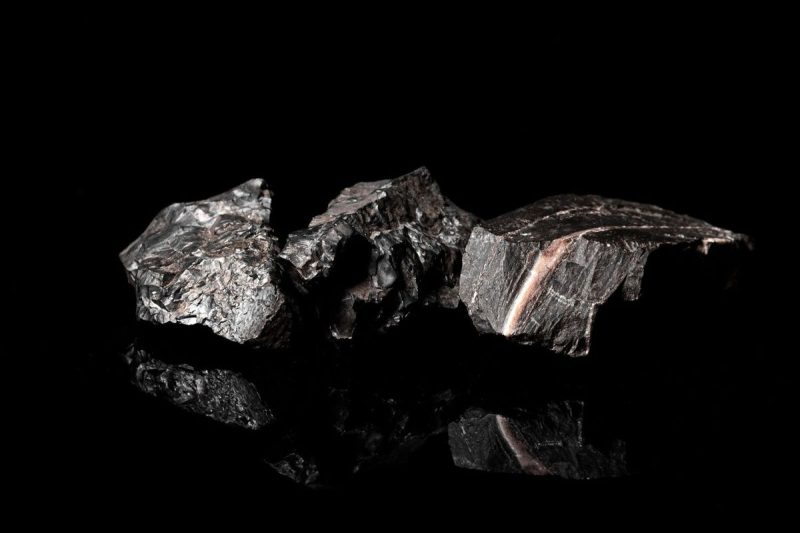Manganese is an important industrial metal. More than 90 percent of global consumption is closely tied to the steel and construction sectors, and China is a major consumer of the commodity.
The metal is also used in the most common form of lithium-ion batteries, ones using nickel-manganese-cobalt (NMC) cathodes.
Despite its solid demand base, the manganese price has been a victim of volatility in the past few years. COVID-19 lockdowns, extreme weather events and Russia’s war in Ukraine slowed manganese production, leading to price surges. However, more recently China’s slower economic recovery has tamped down on steel demand, placing downward pressure on manganese prices.
Moving forward, analysts are expecting China to see a strong infrastructure-focused economic rebound, alongside increasing demand from government-funded infrastructure projects in India and the US, presenting a more positive outlook for manganese.
Read on for a closer look at manganese supply and demand dynamics, an overview of why the metal could be a compelling investment choice in the coming years, and manganese mining companies and junior stocks to consider.
What factors impact manganese supply and demand?
As mentioned, the steel sector accounts for most manganese demand, using it as a deoxidizing and desulfurizing additive and as an alloy constituent. Among other things, manganese can improve the strength, toughness and stiffness of steel. In turn, the steel sector is a key driver of the manganese price.
According to a report from Maximize Market Research, the global manganese alloy market is projected to reach US$29.21 billion by 2030; its growth will be driven largely by rising demand from the automotive industry and growing usage of manganese alloys in the Asia Pacific region.
The electric vehicle (EV) battery industry is the second largest consumer of manganese today, and many market watchers believe that demand from this sector could be set to increase in the future.
Manganese dioxide has long been used as a depolarizer in alkaline batteries, but this is not the manganese battery market that is now the most interesting. Attention is being drawn to lithium-ion battery chemistries that require manganese — such as lithium-manganese oxide batteries and nickel-manganese-cobalt oxide batteries.
In these batteries, electrolytic manganese dioxide is used as a cathode material. Many investors who believe that battery sector demand for manganese will increase are optimistic that lithium-ion batteries that require manganese will become more common in the future.
While the steel and EV battery industries are the top consumers of manganese, other uses of manganese exist as well, with the metal turning up in chemicals and more.
Looking at supply, major producers have manganese-mining operations in Australia, Gabon, Ghana and China, as well as South Africa, which holds 37 percent of the world’s reserves. Global manganese production reached 20 million metric tons in 2023, a slight decrease of 200,000 metric tons from 2022, as per the US Geological Survey.
Manganese mining companies and junior manganese stocks
As the manganese story has picked up speed in recent years with its necessity to popular electric vehicle cathodes, more publicly traded companies are focused on manganese, offering investors more choices for exposure to the metal.
While a number of large companies are involved in manganese production, many of them are private. These are some of the major mining companies that produce manganese:
Investors interested in smaller manganese companies may want to look at junior manganese stocks trading on Canadian, American and Australian exchanges. These are some of the options available to investors:
Securities Disclosure: I, Melissa Pistilli, hold no direct investment interest in any company mentioned in this article.

